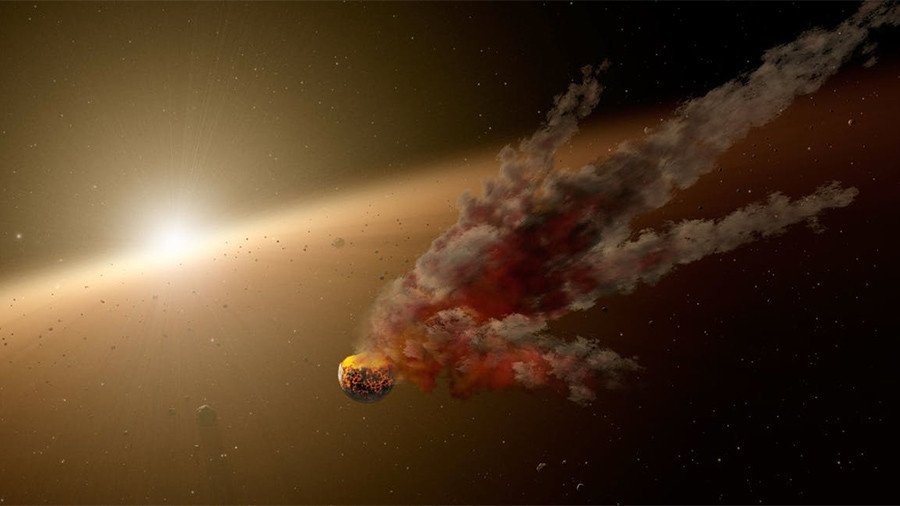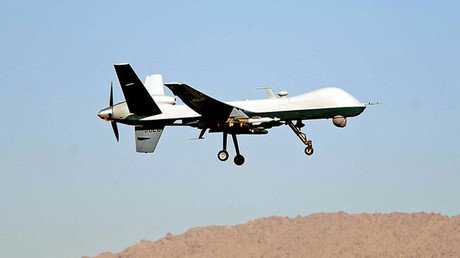Asteroid escapes NASA’s notice as it skims past Earth

A whale-sized asteroid has come frighteningly close to the Earth – within one-third of the distance between the Earth and the moon. What’s more, NASA failed to spot the space rock until it had already passed.
The rock is estimated to have a diameter of between six and 32 meters, which would translate into enough destructive power to level a major city. The colossal mass came within 73,000 miles (117,480km) of us in early November.
Gravity tractor, laser ablation & more: How NASA plans to save us from Earth-bound asteroids https://t.co/MWNUddATTPpic.twitter.com/RC6A3KQBxH
— RT (@RT_com) November 5, 2017
According to The Watchers, a website that monitors the path of asteroids in our solar system, NASA’s Mauna Loa Observatory in Hawaii spotted the asteroid on November 10. However, at that point, it was already heading back out to space after having skimmed the Earth just one day before.
READ MORE: Bronze Age iron weapons ‘came from outer space’, claims new study
Hitting speeds of up to nine kilometers per second, the asteroid, also known as 2017VL2, could have lain waste to a six-kilometer wide area around its collision point. The near-miss may not be repeated until the asteroid passes Earth again in 2125. RT.com has contacted NASA for comment.
The asteroid is just one of many to come close to the Earth in recent times. Earlier this month, NASA announced that a massive asteroid half the size of the one that wiped out the dinosaurs will make a flyby on December 16.
'Nightmare before Christmas': Giant 5km-wide asteroid to make closest approach to Earth in 40yrs https://t.co/9KMa279Xsepic.twitter.com/OZ6L6E0iHP
— RT (@RT_com) November 29, 2017
Classed as “potentially hazardous” by both the space agency and the International Astronomical Union’s Minor Planet Center, the forthcoming asteroid, known as ‘3200 Phaethon’, will pass within around three million kilometers of our atmosphere. It will not return until 2093.














